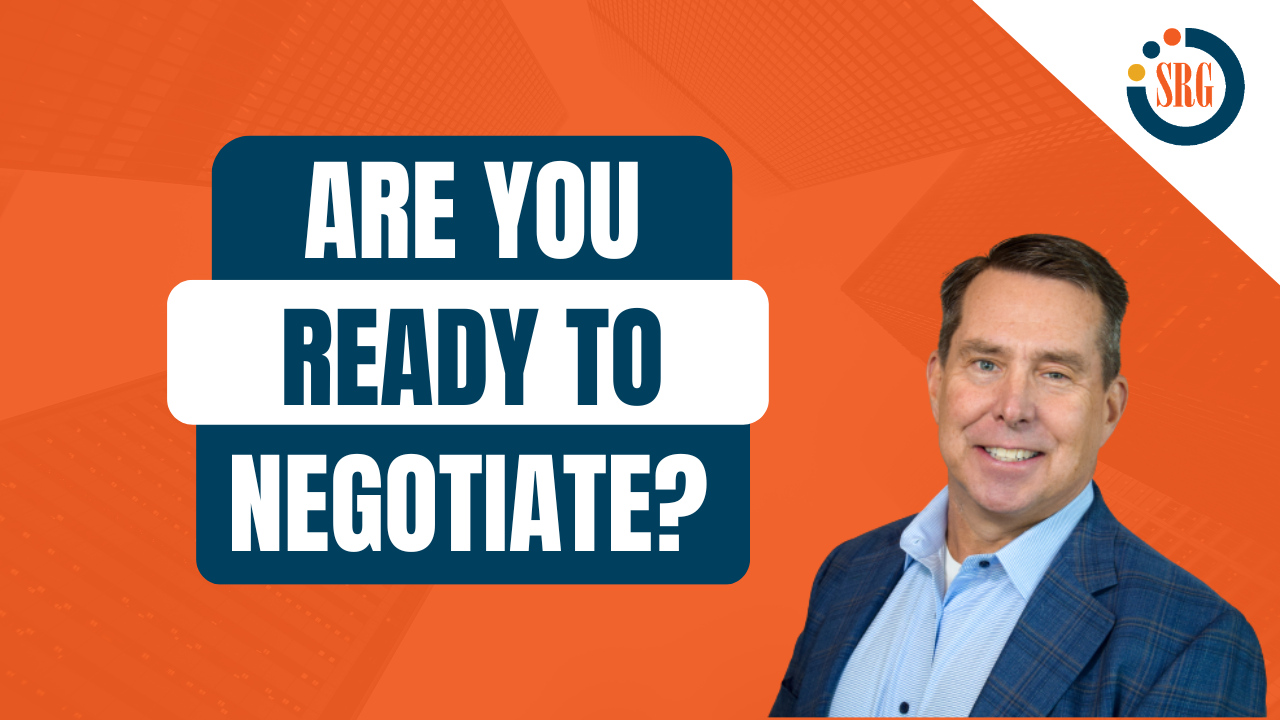Before your next sales negotiation, ask yourself these questions to ensure a successful outcome—a great sales negotiation process to increase your leverage.
In the “Art of War,” Sun Tzu stressed the importance of planning when he wrote, “Every battle is won or lost before it is ever fought.”
Preparation and planning have been shown to increase your chance of success – whether on the battlefield, in a sporting competition, or a sales negotiation. In discussions during our sales negotiation workshops, we find that many sales professionals spend significant time selling and preparing the details around their pitch and proposal. Still, unfortunately, they failed to develop the strategy and tactics needed to use that information to negotiate with their customer.
In our experience, the most successful negotiators spend as much time planning their sales negotiation process as they do preparing their bids. Our focus in this blog is to share a checklist of questions you can ask yourself prior to a negotiation to improve your negotiation leverage and increase your chances of achieving the optimum result for your organization.
Sell Value First
In any potential sales negotiation, the first goal should be to develop a clear and compelling value proposition aligned with the customer’s priorities.
The better job the sales professional does in positioning their solution (selling), the easier it is to negotiate a mutually beneficial agreement (negotiation). To begin negotiating price and terms before there is a compelling business case and a stated preference for your solution is an exercise in futility and typically results in an expanded focus on discounting, concessions, and price. So the first step in any negotiation should be to ask whether you’ve adequately finished the steps in your sales process and have received buy-in and agreement from the customer that they are interested in moving forward to a potential agreement.
Taking a value-driven sales approach will also help you identify and articulate the priorities and requirements of your customer, which will become invaluable as you negotiate trades and concessions later in the process.
✅ Negotiation Readiness Checklist
Before your next negotiation, ask yourself the questions below to determine whether you are ready to negotiate and highlight areas where you may have more work to do. We believe that being able to answer “yes” to all the questions below will increase your chance of success in your next negotiation.
#1 Selling Value
Have I:
- Identified and quantified the value my solution in terms of the customer’s priorities?
- Identified all the stakeholders involved in this decision and do I understand what they care about?
- Determined how Procurement will be involved in the negotiation and reviewed their specific requirements?
- Developed multiple coaches in the account who can help provide information and insights?
- Presented the value of my solution before engaging in any negotiation discussions?
#2 Setting the Stage
Have I:
- Researched the people I’m negotiating with and become familiar with their background and interests?
- Considered the predominant negotiation styles of the people I’m negotiating with and am I prepared to respond accordingly?
- Inventoried my sources of power in the negotiation and investigated where the client may have limitations on their power?
- Worked to develop a common shared interest with the client that I can use to refocus the negotiations if they get difficult?
#3 Positions and Interests
Have I:
- Clarified all the positions my client has taken?
- Asked questions to uncover the interests and motivations behind the positions?
- Planned to negotiate on interests instead of positions?
#4 Issues, Options and Values
Have I:
- Attempted to identify and clarify all the current negotiable issues?
- Brainstormed multiple options to address each issue?
- Determined a value for each option in terms of the importance and tangible cost of presenting that option?
#5 Trading and Sequencing
Have I:
- Developed a comprehensive trading plan that details what I will offer and what I will ask for?
- Established best and worst case I will accept for each negotiable issue?
- Prepared to use diminishing offers with each trade?
- Determined my walk away position?
- Investigated my best alternative to a negotiated agreement (BATNA) and investigated the BATNA of my customer?
- Prepared to always trade instead of concede in the negotiation?
- Reviewed the tactics the client negotiator may use and prepared myself to respond with the appropriate countermeasure?
Once you can answer the questions above with an enthusiastic “yes,” you can enter into a productive negotiation.
Planning and preparation not only increase your chance of success but will also increase your confidence and internal power when you begin your negotiations because you will better grasp what you will say and your options given the situation. This is also a great tool to review with your negotiation team and management team to help ensure everyone is (literally) on the same page.
While a negotiation plan cannot ensure you “win the battle” or achieve all of your objectives, complete this negotiation readiness checklist before your next important negotiation and see if it doesn’t help you become more confident, better prepared, and more strategic in how you negotiate with your customer.

